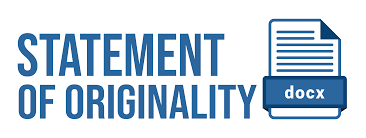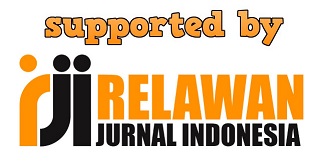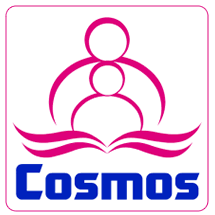DIACHRONIC ANALYSIS IN CONTRUCTION AND CONTEXT OF USE: SLANG LANGUAGE
DOI:
https://doi.org/10.32520/eji.v2i2.237Keywords:
Slang, Colloquial, Transformational, DiachronicAbstract
This research is aimed to find a comparison of how each language (colloquail, slang, transformational) are formed and in what context is used. This research is descriptive qualitative research. At the stage of providing data, researchers use Simak and Cakap technique. In the process of data analysis, the researchers use the method of padan and agih method. The agih method is used to look at the slang language constructs in each period while the method of padan is used to describe the adolescent Perspective in the use of colloquail, slang and transformational language from time to time. The result of the research shows that the way how the three non standard language is different from each other. Colloquail language are formed by changing “a” to “e” in final syllable, Deletion of First Syllable, New word formation, Additional Syllable “nge”, Change “a” to “e” in final syllable and add “an”, and Additional particle “deh”, “aja”, “kok”, “ama”. Slang language are formed by Initial Each Word Collection, Word letter choosen, Deletion of initial letter and syllable, Change of “s’ to “c”, Change of “k” to “q”, Change of “au” to “w”, Change of “u” to “oe”, Adoption of basic words, English language abbreviation, English-Indonesia Abreviation, Citation and new word construction.Transformational language are formed by Ga, Gi, Gu, Ge, Go formula after single vowel sound syllable, Ga/G, Gi, Gu, Ge, Go formula before dipthong sound syllable, Ga, Gi, Gu, Ge, Go formula before last consonant sound, and Ga, Gi, Gu, Ge, Go formula for cluster consonant. The colloquial language usage context is more influenced by the habitual aspects heard by speakers in their environment such as at home, in markets, playgrounds, and certain other events. Slang languages, its use is influenced by the juvenile community environment where users only on the uses level 12 to 19 years. Transformational language was influenced by the desire to hide speech to people who were not from their groups like parents and strangers.




















